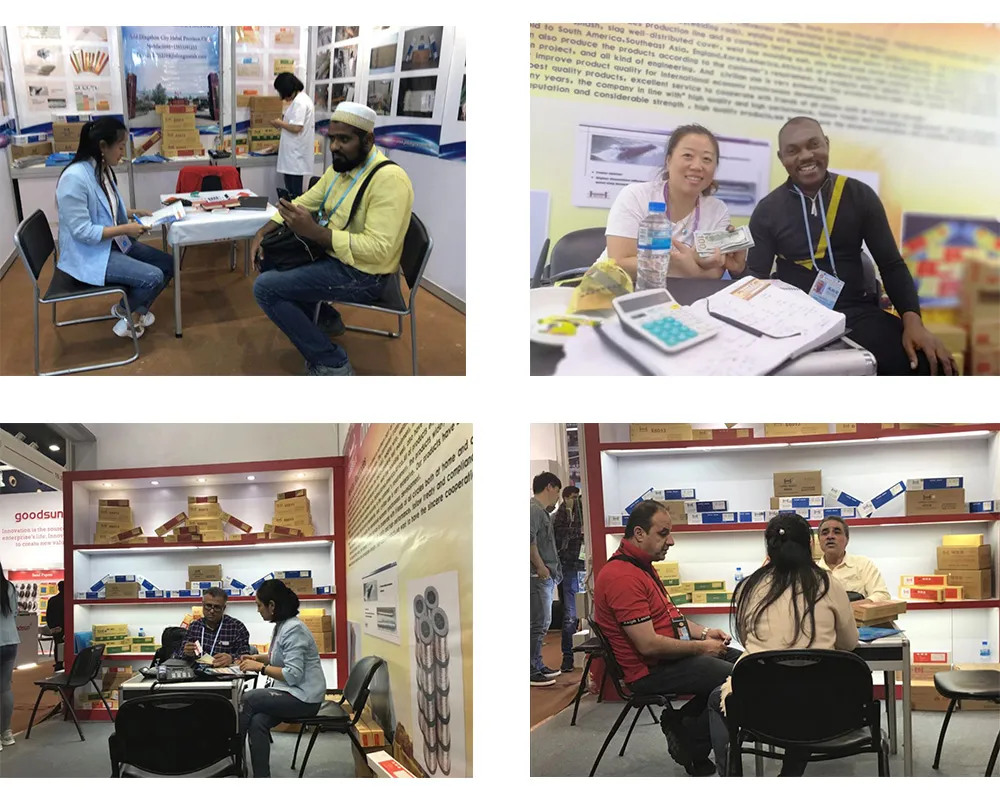cast iron electrode
Feb . 20, 2025 05:49
Welding cast iron can be a daunting task, especially without the right tools. One of these critical tools is the welding electrode specifically designed for cast iron. Its selection and use play a pivotal role in ensuring strong, durable, and reliable welds. Delving into the world of cast iron welding electrodes, you uncover not just a tool, but a bridge between materials that can transform and extend the life of various items, from engine blocks to art sculptures.
Beyond the electrode composition itself, the success of welding cast iron heavily relies on technique and preparation. Preheating cast iron is a commonly employed practice to prevent rapid temperature changes that lead to cracking. The ideal temperature depends on the size and type of the cast iron piece, but maintaining a gradual heat build-up is an overarching rule. Similarly, controlling the cooling rate post-welding can significantly influence the weld's quality, emphasizing the importance of post-weld heat treatment. The welding technique, especially bead placement and welding speed, also determines the outcome. Short welding passes, often referred to as stitch welding, are effective in minimizing any structural deformation, promoting a longer-lasting bond and reducing internal stresses. Welders often adhere to a strategy of welding a few inches, pausing for the metal to cool slightly, then continuing. Safety considerations are another pillar for anyone working with cast iron electrodes. Cast iron contains a high level of carbon, which can pose inhalation hazards when welding fumes are produced. Operating in well-ventilated spaces, using appropriate respirators, and other personal protective equipment (PPE) mitigates potential health risks. Proper training to handle these fumes is not just recommended but an essential aspect of responsible practice. The industry acknowledges that the choice of the electrode and subsequent technique can significantly boost the repaired component's life, leading to better performance and decreased downtime. This demonstrates the value proposition of carefully choosing the correct welding electrode for cast iron, which can outweigh the upfront costs but secures a longer-term investment yield. In conclusion, understanding and leveraging the right cast iron welding electrodes is a blend of art and science, requiring not only technical proficiency but also a respect for the material's nature. With the correct selection, thorough preparation, and precise technique, welders can achieve remarkable results. This curates an authoritative reputation and builds trust with clients and partners alike, showcasing expertise not just in theory but through tangible, reliable outcomes.


Beyond the electrode composition itself, the success of welding cast iron heavily relies on technique and preparation. Preheating cast iron is a commonly employed practice to prevent rapid temperature changes that lead to cracking. The ideal temperature depends on the size and type of the cast iron piece, but maintaining a gradual heat build-up is an overarching rule. Similarly, controlling the cooling rate post-welding can significantly influence the weld's quality, emphasizing the importance of post-weld heat treatment. The welding technique, especially bead placement and welding speed, also determines the outcome. Short welding passes, often referred to as stitch welding, are effective in minimizing any structural deformation, promoting a longer-lasting bond and reducing internal stresses. Welders often adhere to a strategy of welding a few inches, pausing for the metal to cool slightly, then continuing. Safety considerations are another pillar for anyone working with cast iron electrodes. Cast iron contains a high level of carbon, which can pose inhalation hazards when welding fumes are produced. Operating in well-ventilated spaces, using appropriate respirators, and other personal protective equipment (PPE) mitigates potential health risks. Proper training to handle these fumes is not just recommended but an essential aspect of responsible practice. The industry acknowledges that the choice of the electrode and subsequent technique can significantly boost the repaired component's life, leading to better performance and decreased downtime. This demonstrates the value proposition of carefully choosing the correct welding electrode for cast iron, which can outweigh the upfront costs but secures a longer-term investment yield. In conclusion, understanding and leveraging the right cast iron welding electrodes is a blend of art and science, requiring not only technical proficiency but also a respect for the material's nature. With the correct selection, thorough preparation, and precise technique, welders can achieve remarkable results. This curates an authoritative reputation and builds trust with clients and partners alike, showcasing expertise not just in theory but through tangible, reliable outcomes.
Related Video
Copyright © 2025 Dingzhou Jinlong Metal Production Co., Ltd. All Rights Reserved. Sitemap | Privacy Policy




























